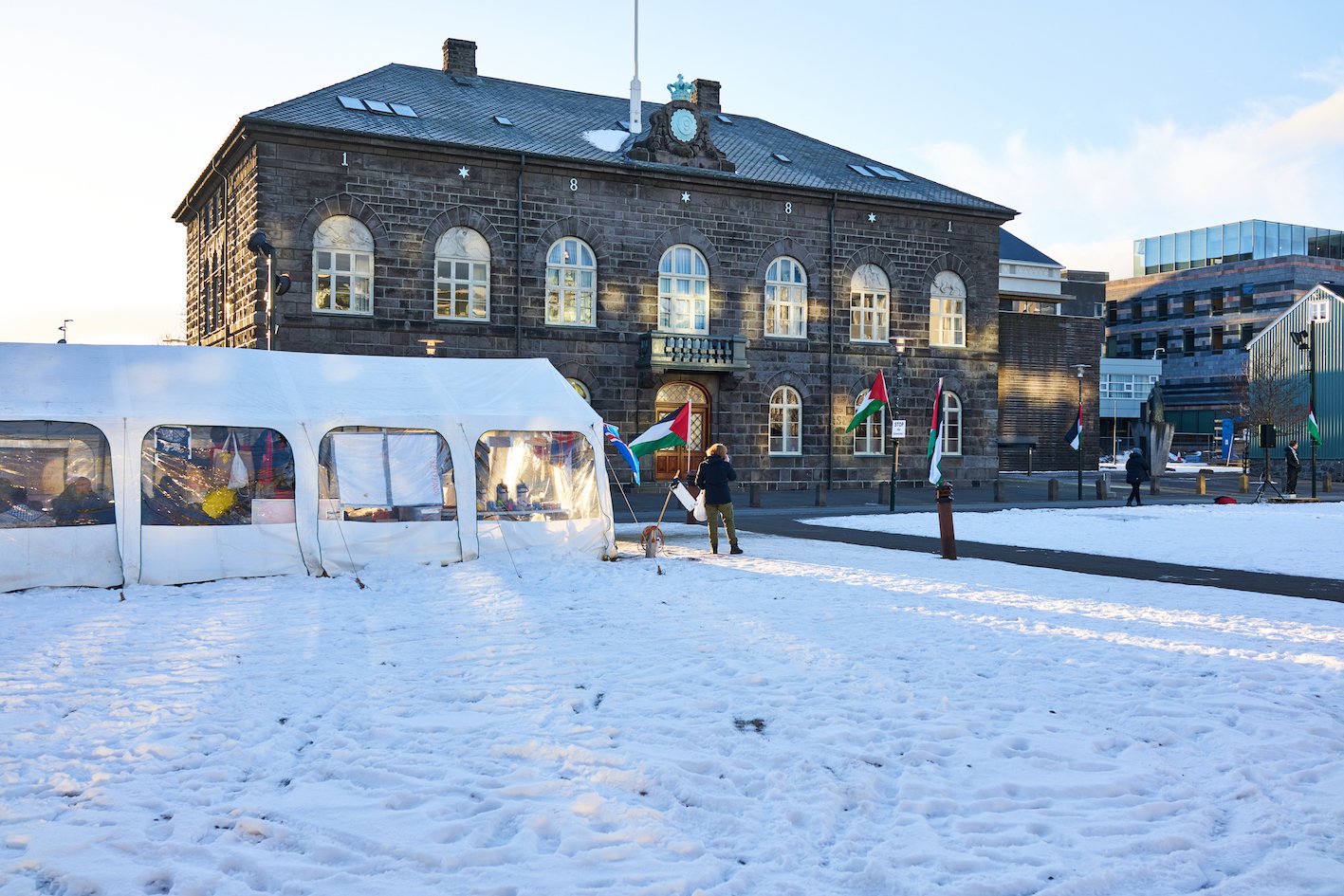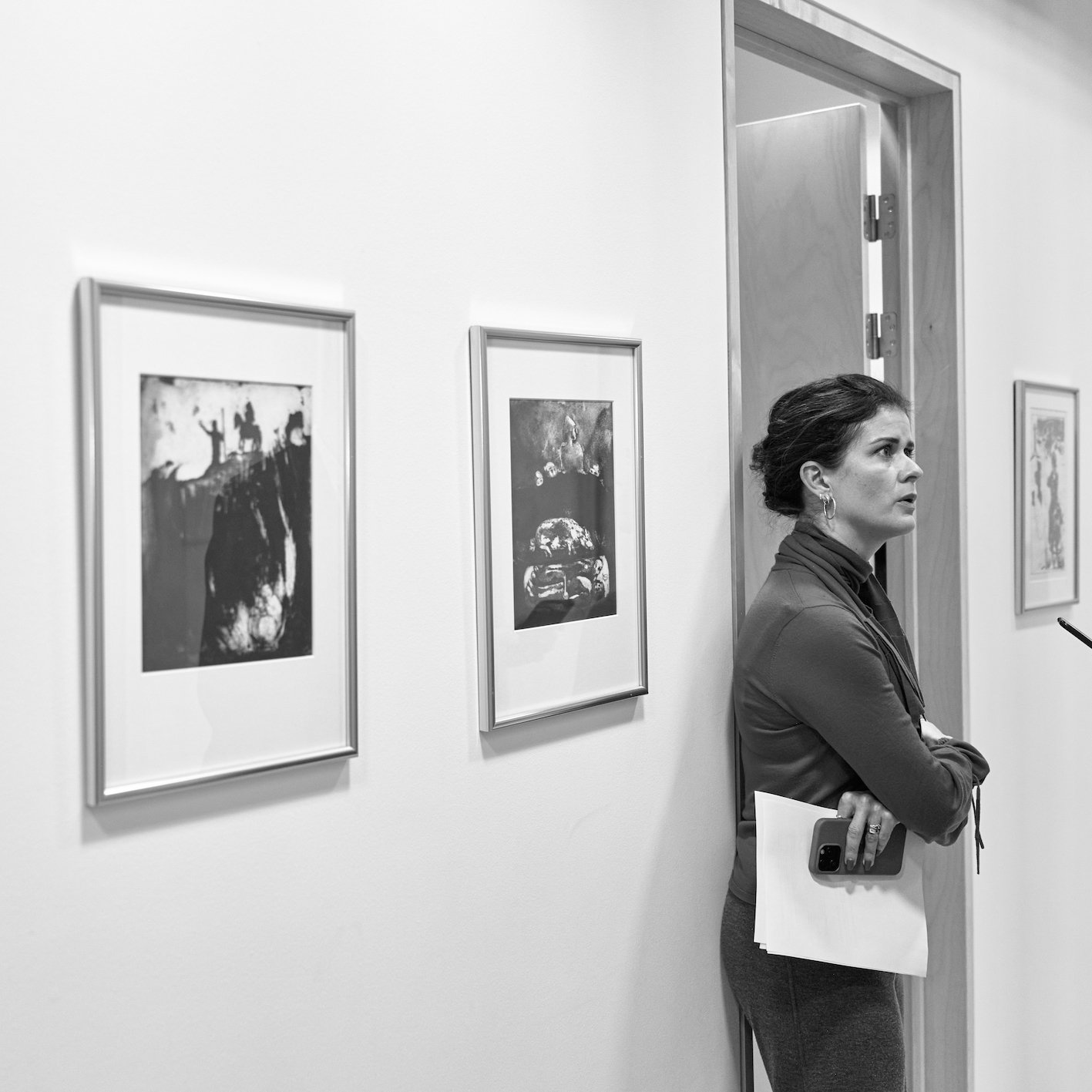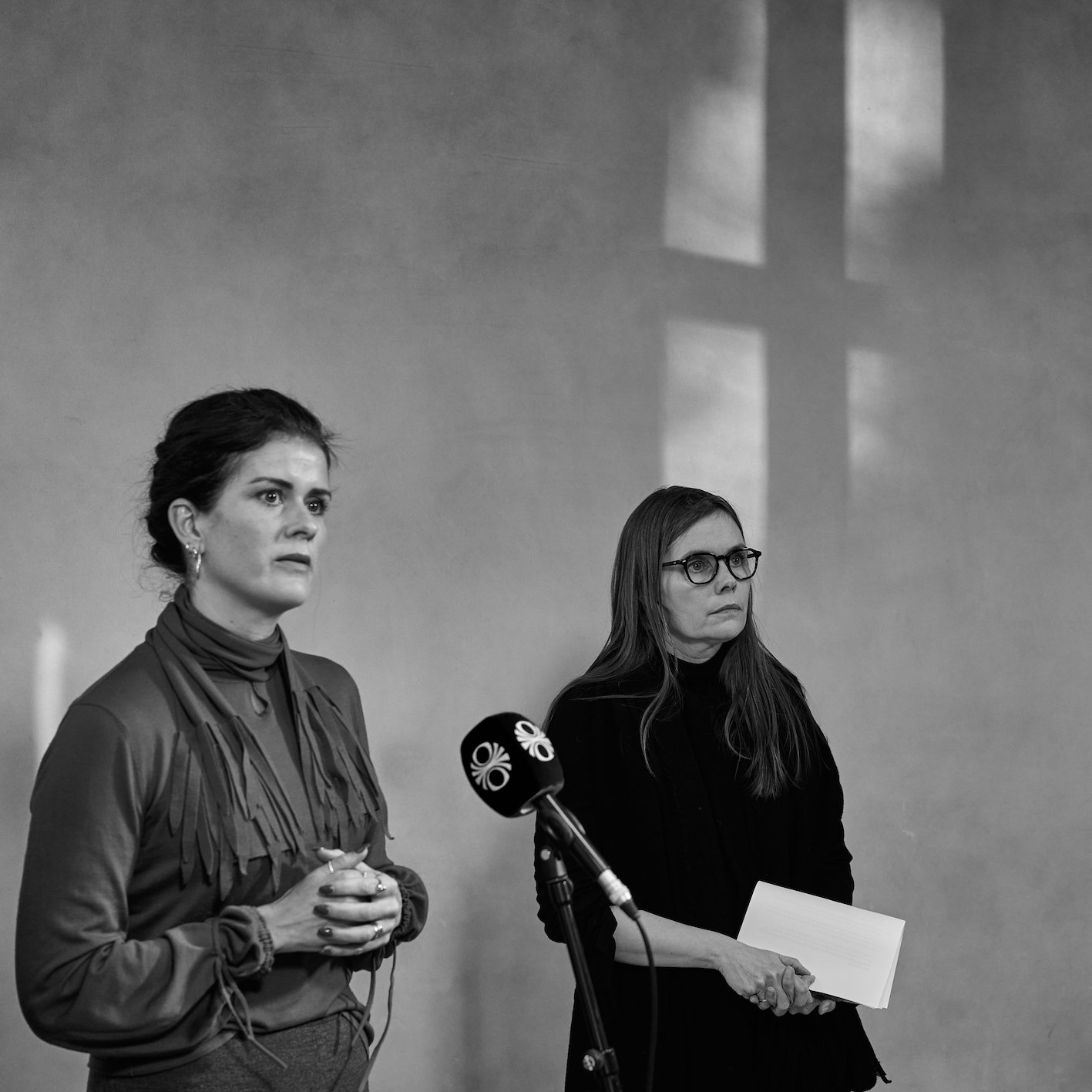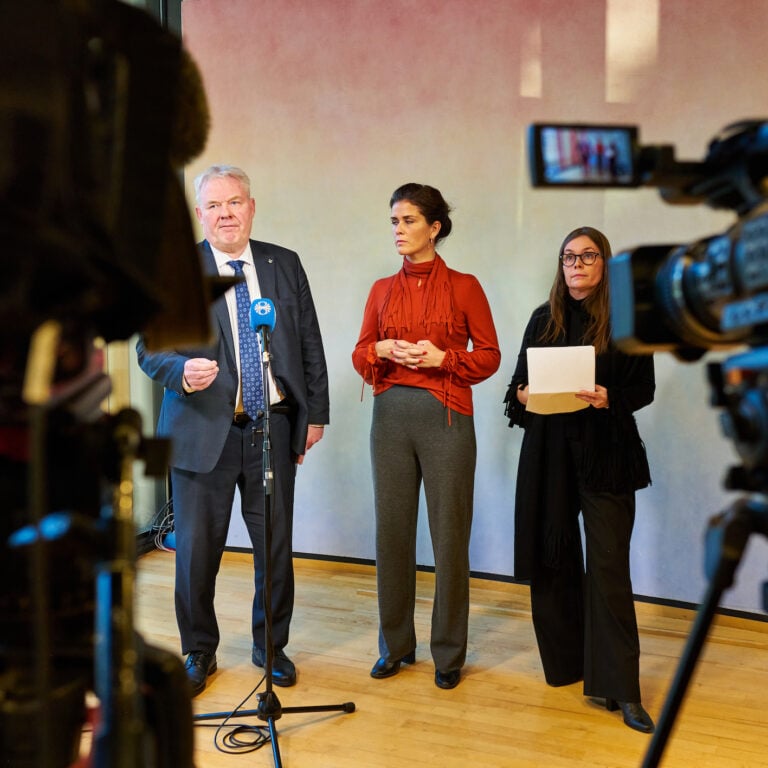Grindavík is—or was—a small fishing village with just under four thousand inhabitants on the southern part of the Reykjanes Peninsula. One percent of the country’s population lives (or lived) in this town, making it a snapshot or reflection of the nation. Grindavík is home to one of the most popular tourist destinations in the country, the Blue Lagoon, one of the largest geothermal power plants in the world, Svartsengi, and two of the larger fishing companies in the country. And now the town is empty. Volcanic eruptions in the nearby area have rendered it nearly uninhabitable. The situation remains uncertain, as once again the possibility of a volcanic eruption hovers over the area around Grindavík.
In Parliament last spring, then Prime Minister Katrín Jakobsdóttir, Finance Minister Þórdís Kolbrún Reykfjörð Gylfadóttir, and Minister of Infrastructure Sigurður Ingi Jóhannsson presented how we, as a society, intended to lend a helping hand to the residents and tackle these events, which are quite significant by Icelandic standards. It is devastating for the residents of Grindavík to lose their town, their homes, and their livelihoods. The government decided to purchase residential properties from individuals in Grindavík, to facilitate their relocation away from Grindavík. With this, Parliament is transferring the uncertainty faced by the people of Grindavík entirely to the state treasury. There is cross-party consensus and sympathy to find a favourable solution for the residents of Grindavík, such as paying the wages of those who can no longer work in the town. Icelandic Times naturally attended the government press conference.





